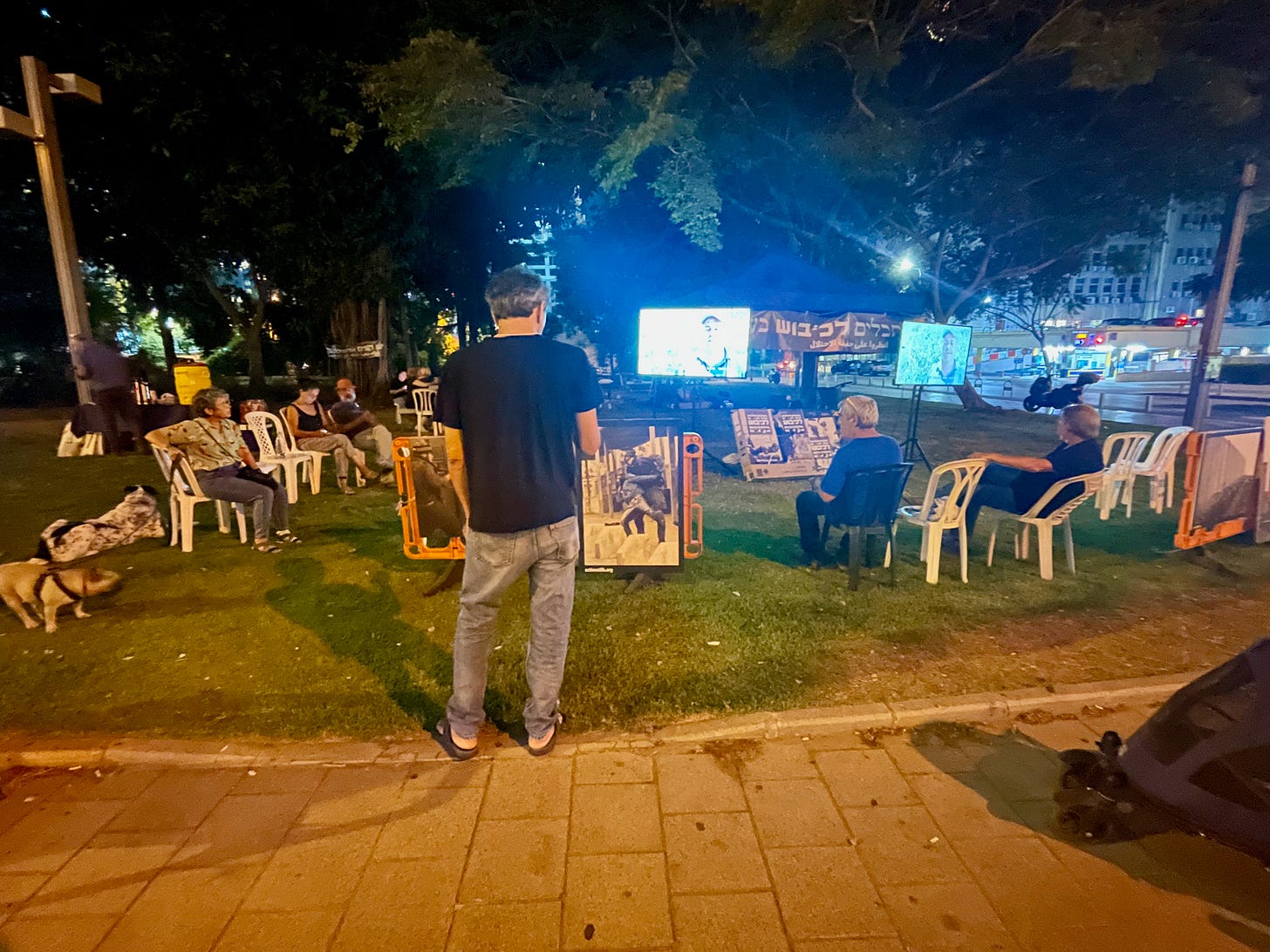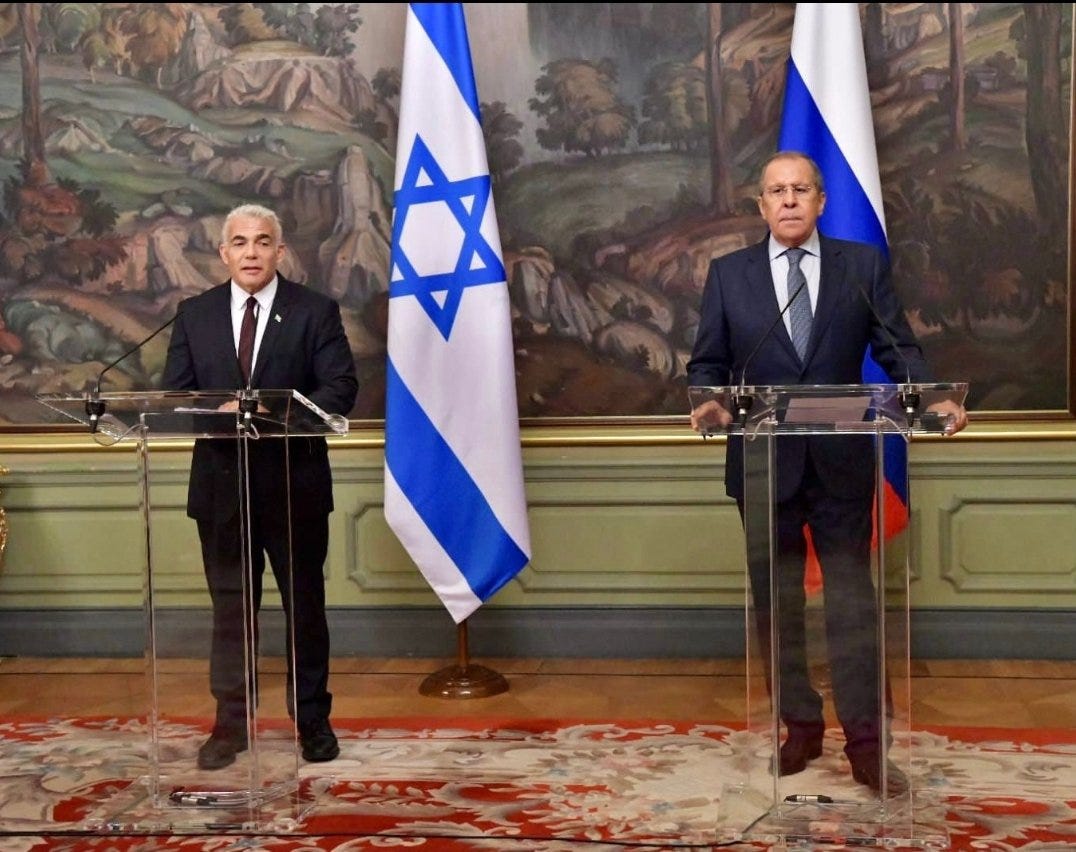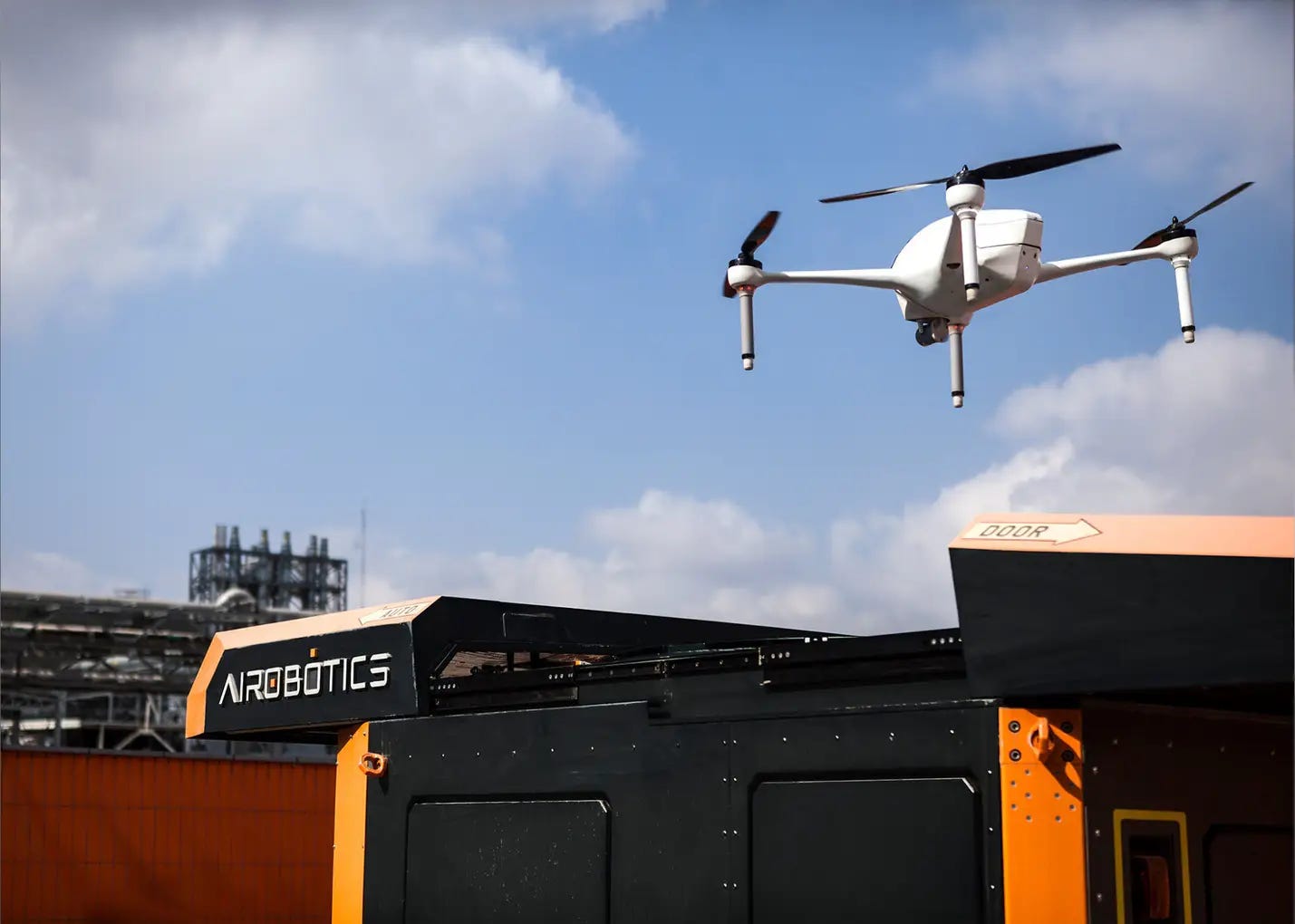The news in Israel this week was dominated by the daring escape of six Palestinian security prisoners from the Gilboa Prison. The prisoners broke out by digging a tunnel from their cell, ala World War II war films. Their flight caused significant embarrassment to the Israeli government, as well as the prison authority, and constituted a big win for the Palestinian street.
There is concern the success of this breakout will lead to an escalation of violence between Palestinians and the army. Clashes have erupted in several places on the West Bank, in East Jerusalem, and along the Gaza border on both Wednesday and Thursday night. Hamas has called for a “day of rage” today (Friday), and Islamic Jihad, the organization to which most of the prisoners belong, warned it will fire missiles on Israel if any of these prisoners are harmed in attempts to recapture them.
The escape was well planned, and five days after the incident, Israeli security services seem to have no good clues regarding where they have gone. Gilboa prison is not far from Jenin, the hometown city of one of the escapees. The assumption is that he, or others, have made their way to Jenin.
Israel’s Minister of Interior Security has called for the establishment of a government panel of inquiry to understand what went wrong and make sure this never happens again. So many things stand out, i.e., — Why a prison was built on concrete pylons with dirt underneath, available to access? Moreover, in a country obsessed with secrets, why was the architectural firm that designed the prison permitted to upload the complete design of the jail online, for all to see?
However, these are the obvious questions. The more fundamental question that needs to be answered is whether the current prison policy that allows members of the same terror organization to live together, and organize together, is the correct approach. This has been the policy for many years. During the past few years, several commissions have examined the residency policy, including one that issued its report in 2019. However, nothing was done. Editor of the Atlantic, Jeffrey Goldberg, was once a soldier in the IDF and spent time as a prison guard. He wrote about his experience in a book, titled, Prisoners: A Muslim and a Jew Across the Middle East Divide, published in 2003. Not much has changed.
To us, these escaped Palestinian prisoners are terrorists, many with blood on their hands, who deserve to pay for their crimes. At the same time, to many Palestinians, these men are heroes, willing to give up their lives to fight us, the oppressor. This is a challenging idea to internalize. On Thursday night, during a panel discussion on a news show analyzing the incident — to the shock of the moderator — an Arab member of the Knesset from the Joint List basically called for the release of all security prisoners, and asserted the occupation was the cause of terror attacks.
The divide is great, and so my readers do not mistake my views. To me, these escaped prisoners are terrorists. If confronted by one of these men, I would shoot without question or hesitation, as I was once trained to do. But even though they are our enemies, we need to understand what these men mean to many Palestinians.
The gulf in this country was starkly evident to me last night. I first walked over to a Likudnik rally. There were less than 100 Likud supporters standing by the intersection in front of the Azrieli towers. What was disturbing was their chants of “Bennett is a Bogged” (traitor). The last Prime Minister to be called a traitor at demonstrations was Yitzchak Rabin. I asked a policeman on duty if it was legal to call the Prime Minister a traitor. He just shrugged. I spoke to some of the demonstrators to understand what Bennett had done that would warrant labeling him a traitor, and the only cogent, response I received, albeit absurd, was that a soldier had been killed on the Gaza border on his watch.
A few blocks from this demonstration, in a park opposite the Defense Ministry, a small group from the IDF veterans organization “Breaking the Silence” (Shovrim Shtikah) showed a video about the occupation. Their signs read, “Don't say you did not know what goes on in the occupation.” But, in speaking to them, despite their good intentions, they have no clue how we can successfully stop the occupation. I have always known what a terrible thing the occupation is, but I, too, have no clue how to end it.
COVID-19
The Israeli media reports we have turned a corner, and the fourth Coronavirus wave has been contained. The daily numbers seem to reflect that fact, with the average daily case count down about 20% this week. Reports show the R is now down to .8, which, if true, is excellent news. The decline in infection rate appears to be a direct result of the booster shots, which are proving to be very effective.
However, it's too early to celebrate. The number of cases over the holidays will be a product of the number of tests and who is being tested. The number of seriously ill patients still remains relatively constant at around 680, going up and down slightly, as a function of how many patients have died. Yesterday, the number of deaths was 40.
The situation in the schools is getting increasingly problematic. 155,000 students, approaching 10% of the total student body nationwide, are currently in isolation. 6.3% of the tests of students are coming back positive for Covid-19.
There is strange anonymity among those who die of Coronavirus. In a country that tells the story of every soldier who has ever been killed in battle, we know little about those who have died from Covid-19.
Meanwhile, the Hasidim who went on pilgrimage to Uman returned with a 14% positive rate for Covid-19. One hundred thirty-two of these men have been requested to appear before the police on charges of presenting forged documents, claiming they were Corona-free upon their return.
FOREIGN AFFAIRS
Foreign Minister Lapid made a quick trip to Moscow yesterday and met with Russian Foreign Minister Lavrov. In their public remarks, Lapid repeated Israel's position that it has the right to do whatever is necessary to stop the Iranian production of a bomb. Robert Miley, in charge of US negotiations with Iran, was in Moscow that same day; negotiations which, at the moment, remain at a standstill. What was discussed in these private meetings has not been leaked.
ECONOMY
Airobotics raised NIS 21 million on the Tel Aviv stock exchange, at a value of NIS 100 $31 million) before going public. This is a much lower sum than the company originally anticipated. Airobotics initially contemplated setting its value at $160 million, and then lowered its valuation to $100 million, and still could not raise the desired sum. The company had enjoyed Microsoft and Our Crowd investments and had, at its peak, reached a valuation of $240 million. However, while Airobotics has successfully developed a very advanced drone that can fly for 40 minutes, then return to home base, and change its battery all automatically, the company has had trouble finding customers who need the advanced capability it offers.
Snyk raised $530 million, giving it a value of 8.5 billion. The company, founded in Israel, and whose offices are now split between Israel and Great Britain, develops software to protect applications.
Weebit Nano announced it had reached an agreement with US chip producers Skywater Technologies, to incorporate the companies unique ReRAM technology in Skywaters products. The technology is faster, less expensive, and uses less energy than current embedded flash memory.
Gulf Air announced it will fly to Tel Aviv from Bahrain. Thus, the normalization of relations between Israel and much of the Gulf continues one year after the Abraham Accords were reached.
SCIENCE
A scientist at Tel Aviv University, Professor Shai Efrati, has just published a paper in the peer-reviewed medical journal Aging, which shows that treating patients in a Hyperbaric air chamber (where air pressure is high and patients breathe pure oxygen) can repair parts of the brain damaged by Alzheimer's. Use of the chamber has resulted in improved blood flow to the brain, greater memory capacity, and speedier information processing.








